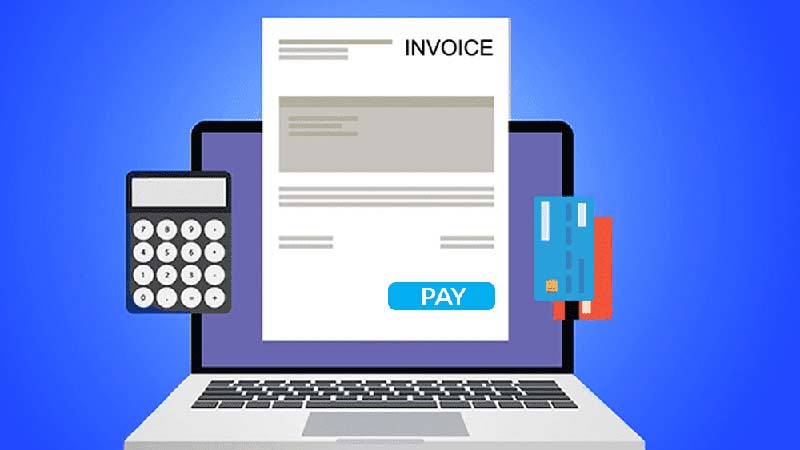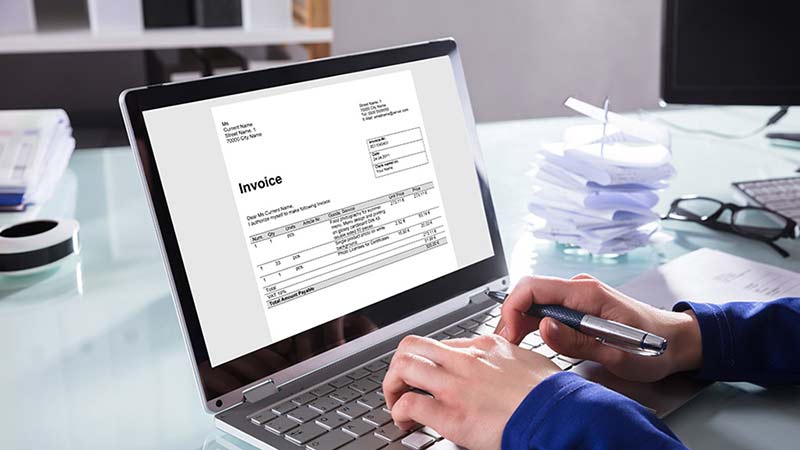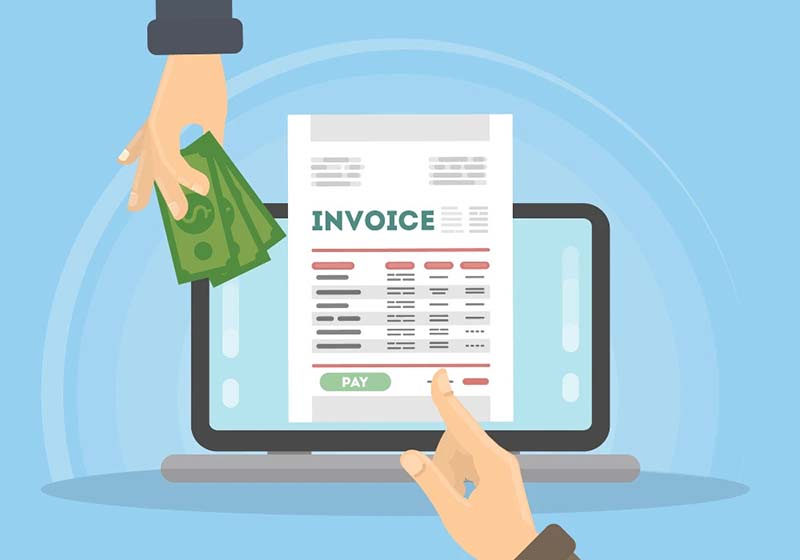
For taxpayers whose Annual Aggregate Turnover (AATO) is 100 crores or more, the government has set a time limit for submitting old invoices on e-invoice IRP portals. To comply with the regulations, taxpayers in this category must report invoices within a window of 7 days from the Invoice date. This regulation will also apply to GST e-filing processes.
This restriction applies to all documents requiring an Invoice Reference Number (IRN). Even credit and debit notes must be reported within 7 days of being issued.
For instance, if an invoice is dated April 1, 2023, it must be reported on the E-invoice portal by April 8, 2023. The authentication system on the invoice registration only allows taxpayers to report invoices within the 7-day grace period. Therefore, taxpayers must report their invoices within this time limit.
It’s important to note that taxpayers with an AATO of less than 100 crores currently do not have this reporting restriction.
To allow taxpayers enough time to comply with this requirement and make any necessary system changes, the 7-day rule will come into effect starting May 1, 2023.

The 7-day invoice reporting limitation on taxpayers.
The Invoice Registration Portal (IRP) has a validation system that stops users from reporting invoices after 7 days.
All document types that require an Invoice Reference Number (IRN), including debit/credit notes, must be reported on the IRP portal within 7 days of the invoice date.
The new timeline can create problems for taxpayers. Large companies often use centralized software to generate e-invoices for all their branches. The main office collects data from the branches and generates e-invoices in bulk at a later time. This can affect sales and invoicing. Reasons like insufficient finance staff at each branch, difficulties accessing networks in remote areas, or concerns about cost-effectiveness can prevent e-invoice generation at the branch level.
Taxpayers must be careful and meet the 7-day deadline to share invoice data with the main office. Otherwise, they have to set up an e-invoicing solution at each branch.
There can also be errors or mismatches when GST filing of GSTR 1 if e-invoices cannot be generated after 7 days. If invoice details are not correctly added or missed in GSTR 1, the invoices won’t be shown in recipients GSTR 2B, causing problems in claiming Input Tax Credit (ITC).
Moreover, if e-invoices are not generated, reporting them directly in GSTR 1 and issuing the same invoice to the customer without IRN details can lead to penalties for the supplier and loss of ITC for the customer.

Consequence:
- For incorrect invoicing, a penalty of Rs. 50,000 per invoice can be imposed for the lack of an Invoice Reference Number (IRN) and a signed QR code.
- In case of non-generation of e-invoices, a penalty of either 100% of the tax due or Rs. 10,000, whichever amount is higher, will be charged for every invoice.
Steps to be Taken by Taxpayers:
- Get the Latest ERP Software: Taxpayers should promptly upgrade their Enterprise Resource Planning (ERP) systems and compliance processes to incorporate the time limit validation when issuing tax invoices. Failure to comply on time may result in the inability to generate an IRN.
- Compulsory reconciliation: Performing real-time or daily reconciliation between the sales register and e-invoices ensure no unreported invoices.
As a registered taxpayer, you must reconcile your purchase invoices with the invoices uploaded by your suppliers on the Goods and Services Tax (GST) system. This process is crucial as it directly impacts your Input Tax Credit (ITC) claim. Additionally, the government may issue legal notices to taxpayers if there are discrepancies between the ITC claimed in GSTR 3B and the amount provided by the supplier in their uploaded details.

In Summary
Taxpayers must be mindful of various aspects to ensure compliance with invoicing and reporting requirements. For example, the time limit for reporting old invoices on e-invoice IRP portals, penalties for incorrect invoicing and non-generation of e-invoices, and the importance of reconciling purchase invoices with supplier-uploaded details all play a significant role. In addition, upgrading ERP systems and implementing real-time reconciliation processes are crucial for taxpayers to avoid penalties and maximize their Input Tax Credit (ITC) claims. Adhering to these measures ensures compliance with government regulations and promotes a smoother and more accurate tax reporting process.
